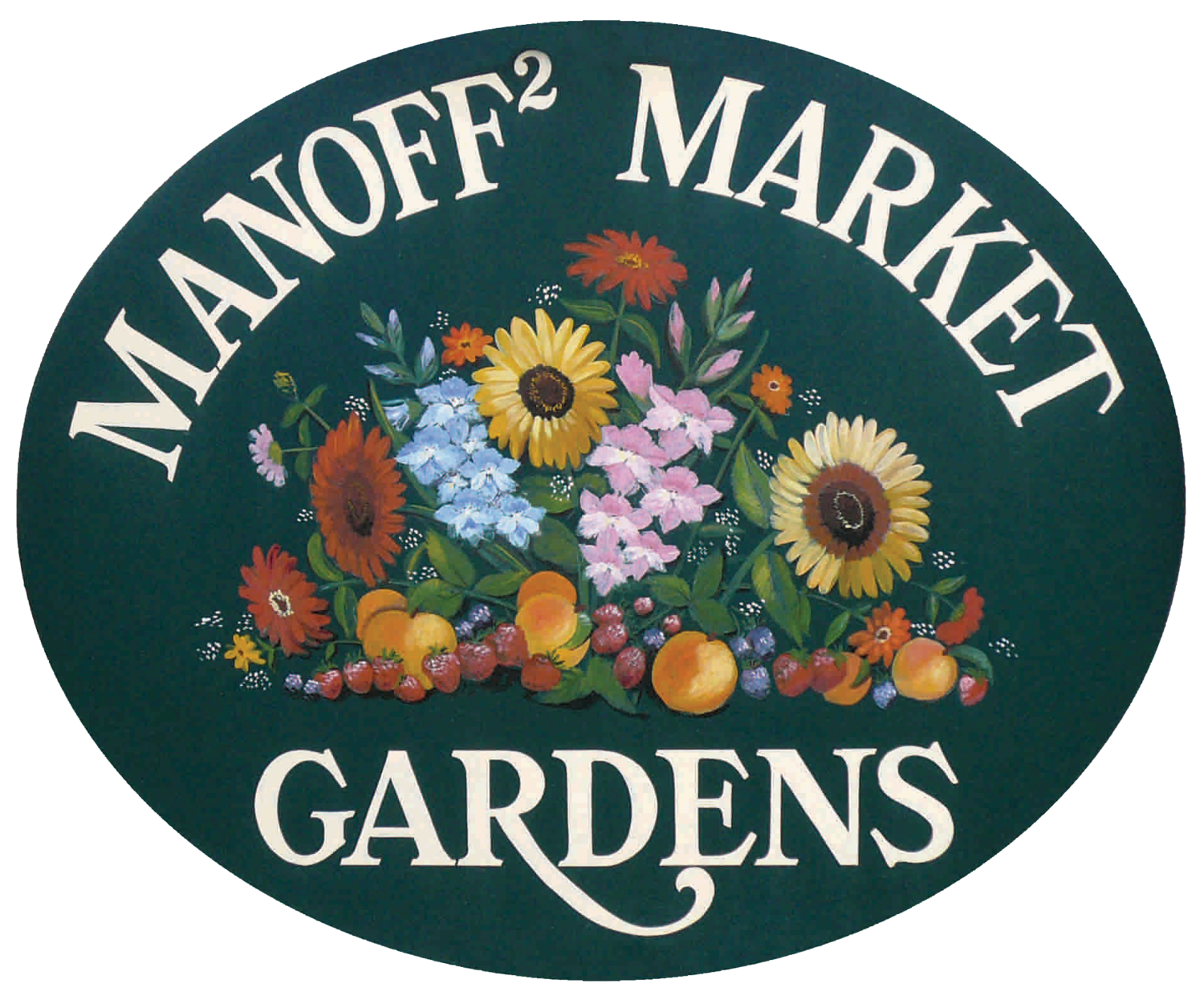What is fermentation? What makes food delicious?
It was a mellow March afternoon as we gathered in an intimate setting by the woodstove at Manoff Cidery. The first cider pour of Pink Lady natural ferment and a succinct Ted Talk animation by Erez Garity titled, The beneficial bacteria that make delicious food kicked off our effervescent speaker series.
First up Claire Trindle, an enterprising young entrepreneur based in Philly, CEO of Blind Bear Beverages, unofficial ‘care bear’ drinkmaster of her friends, and former ‘Gal Friday’ for Hale & True Cider Co., also in the city. Having just taken her certified pommelier class, she is potentially the first woman certified pommelier in Pennsylvania. Like sommeliers, pommeliers must pass two rigorous tests by the American Cider Association to receive their certificate.
She grew up in New Hope and worked at Solebury orchards as a teenager, and as an adult pursued the trajectory of cider and beer as a business because she thought it would be less pretentious than wine. “Not true though!” She said, in hindsight, “There are those elitist people in any industry.” Her goal is inclusivity, by educating customers that eliciousness is a matter of trust and taste. Cider for her, represents that opportunity to try something directly farm to glass, and
that celebrates the 4th largest Pennsylvania grown crop, apples. She learned the basics of fermentation from helping in the production room at Hale & True Cider Co. “Take juice,” she said, “Either add commercial yeast or let it naturally ferment and then bottle or can when dry. It’s that simple.” The beneficial bacteria, in this case, yeast, are what convert the sugars in the juice into ethanol, alcohol, and give us a dry delicious cider. “The perception of sweetness often happens with ciders because when our palate tastes fruit, it associates sweetness,” she explained. Sometimes cider will be back sweetened. Back sweetening is a process where cider is fermented until dry then fresh juice or sugar is added to sweeten the mix and sulfite or UV light is then used to kill any re-fermentation from occurring in the bottle. Here at Manoff’s most of our ciders are dry. Although we do play with perceived sweetness by using additional fruit co fermentation and on occasion backsweetening with our in-house apple cider syrup. Claire spoke to the philosophy of the cider maker often directing the final resulting cider, whether it tastes spontaneous and funky, consistent and clean and this is often informed by the cider maker’s personal preference or culture. For example, Basque and Asturian cider tends to be still, acidic and slightly acetic (vinegary) whereas, in the Normandy region of France there is a tradition of keeving to keep the natural sweetness in the finished cider. Different traditions of cider and the palates of the people drinking cider have traditionally been very regional. In the United States, it often feels like an open frontier. As a result, there are plenty of opportunities to taste until you arrive at ciders that you appreciate. Claire, regaled us, for cider pairings, ‘If it grows together it goes together.’ Cider is as delicious as the apple varieties used, the cider maker's technique, and the terroir in which it is grown. On a final note she imparted, “Cider deserves its own category on menus!” Cider is not an afterthought, it is a sustainable delicious choice for everyday pairings. You can inquire with her to curate your own menu pairings, guided tastings and event mixologist expertise @blindbearbeverages.
